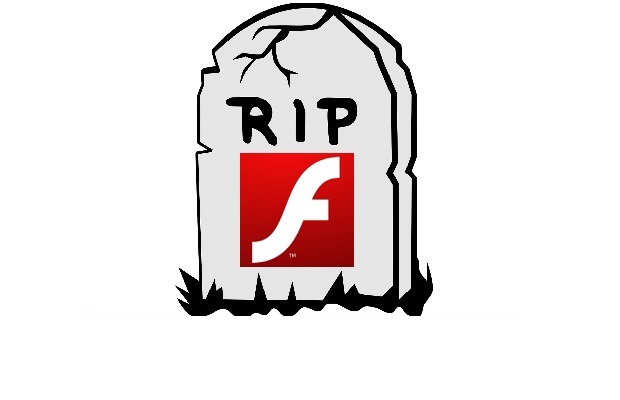The Adobe Flash plug-in, once the technology powering the many games and videos of the early internet, is to be phased out by 2020.
As an animation platform it allowed for the creation of clickable games and videos on places like YouTube, and in so doing helped create the web as we know it today.
However, the software was also slow and unwieldy, filled with security holes, which meant that hackers could break into the software and then into people’s computers.
Much of its functionality has now been replaced by HTML 5, a more recent invention that avoids the problems of Flash but includes the same functionality.
Govind Balakrishnan, Adobe’s vice president of product development, said that the advances in those rival products had made Flash able to be killed off. The competitors had “matured enough and are capable enough to provide viable alternatives to the Flash player”, he said.
“Few technologies have had such a profound and positive impact in the internet era,” he noted.
When Adobe bought Flash in 2005, it was installed on 98 per cent of computers in use. That number is now just 17 per cent, and dropping rapidly.
Browser makers, including Microsoft and Google, simultaneously announced plans for a gradual phaseout over the next few years.
Adobe said that enough progress had been made within open web standards like HTML5 that it was time to phase out Flash. “Adobe and Macromedia provided innovation to the web, through browser plug-ins, before the underlying web standards could support the interactivity and creativity our digital media publishers and consumers craved,” the company said in a blog post.
“By the end of 2020, we firmly believe that all of these required media capabilities and standards will be widely deployed and natively available to customers within browsers.”
In a blog post, Microsoft laid out its timeline for phasing out Flash support from Edge:
• Through the end of 2017 and into 2018, Microsoft Edge will continue to ask users for permission to run Flash on most sites the first time the site is visited, and will remember the user’s preference on subsequent visits. Internet Explorer will continue to allow Flash with no special permissions required during this time.
• In mid to late 2018, Microsoft will update Microsoft Edge to require permission for Flash to be run each session. Internet Explorer will continue to allow Flash for all sites in 2018.
• In mid to late 2019, Microsoft will disable Flash by default in both Microsoft Edge and Internet Explorer. Users will be able to re-enable Flash in both browsers. When re-enabled, Microsoft Edge will continue to require approval for Flash on a site-by-site basis.
• By the end of 2020, Microsoft will remove the ability to run Adobe Flash in Microsoft Edge and Internet Explorer across all supported versions of Microsoft Windows. Users will no longer have any ability to enable or run Flash.
Google said that it will quietly phase out Flash as well, though the process will go on quietly behind the scenes. “If the site migrates to open web standards, you shouldn’t notice much difference except that you’ll no longer see prompts to run Flash on that site,” Google said in a blog post by Anthony Laforge, a product manager with Google Chrome. “If the site continues to use Flash, and you give the site permission to run Flash, it will work through the end of 2020.”
